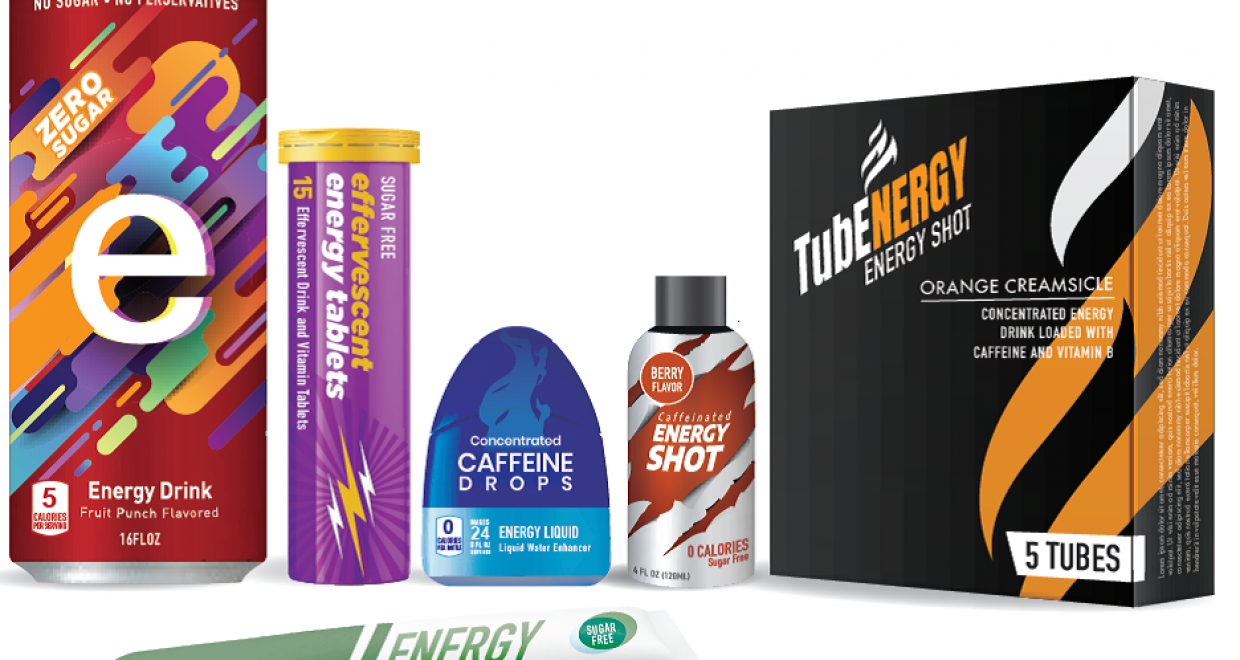Caffeinated Energy Drinks—Hype or Harmful?
Public Health Nutrition Editorial Highlight ‘Caffeinated energy drinks: adverse event reports to the US Food and Drug Administration and the National Poison Data System, 2008 to 2015’
Caffeinated energy drinks are everywhere —filling convenience store, pharmacy, and supermarket shelves, and flooding web, television, and radio advertising targeting teen, young adult, and other consumer groups. It’s not unusual to see energy drink makers featured as sponsors of music festivals, auto races, and sporting events. The messaging tells us to drink this to perform, think better, get energized, or really get going, and how yet another drink won’t leave us feeling exhausted when it wears off. On the other hand, we also hear of people using these drinks and then experiencing negative effects. So, which is it — are energy drinks friends or foes?
As is usually the case with most public health concerns, the answer isn’t necessarily straightforward. Relatively few studies consider the health impact of caffeinated energy drinks. There is also a dearth of ongoing postmarketing surveillance. These gaps make addressing the question difficult. Consequently, we decided to examine two different data sources that capture adverse events (AEs) reported after consumption of caffeinated energy drinks:
- The US Food and Drug Administration (FDA) Center for Food Safety and Applied Nutrition (CFSAN) Adverse Event Reporting System (CAERS).
- The American Association of Poison Control Center (AAPCC) National Poison Data System (NPDS).
We looked at reported AE data (from CAERS submissions and NPDS exposure calls). We analysed data from those indicating single and multiple energy drink product consumption. We also characterized the population reporting these events, along with the types of AEs they experienced.
The analyses revealed these noteworthy findings:
- Single product cases included 357 from CAERS and 12,822 from NPDS; multiple product cases included 153 from CAERS and 931 from NPDS
- 40% of reported AEs occurred among women
- People who consumed ≥2 types of energy drinks were generally older than those who consumed only a single type
- Most of the AEs reported were for only a few brands; the most common in CAERS were 5-hour ENERGY, Monster, AdvoCare Spark, Red Bull, Redline, and Rockstar; because of legal restrictions, we are unable to specify the most common brands in the NPDS energy drink exposure call data
- Reported symptoms included cardiac and chest issues, such as pain and tachycardia; the data also indicated hypertension, gastrointestinal problems, and hepatobiliary issues.
- The appendix to our publication addresses the CAERS data from reports of energy drink consumption and deaths.
So, does this answer the friend or foe question? Not quite; as mentioned above, more data will help to address the question further. However, our work to date supports the need for additional data and continuing postmarket surveillance. Ultimately, we hope to use these data to help inform public health messaging, especially for populations at potentially higher risk of AEs than others, such as youth, who may not have experience with these products, and extreme consumers, who may take in high quantities over short time periods. For readers with energy drink adverse events to report, please report information to FDA here.
The full article ‘Caffeinated energy drinks: adverse event reports to the US Food and Drug Administration and the National Poison Data System, 2008 to 2015’ Authors: André O Markon, Olivia E Jones, Cecile M Punzalan, Peter Lurie and Beverly Wolpert is available to download for free for a limited time.
Click here to view all Editorial Highlights from Public Health Nutrition





